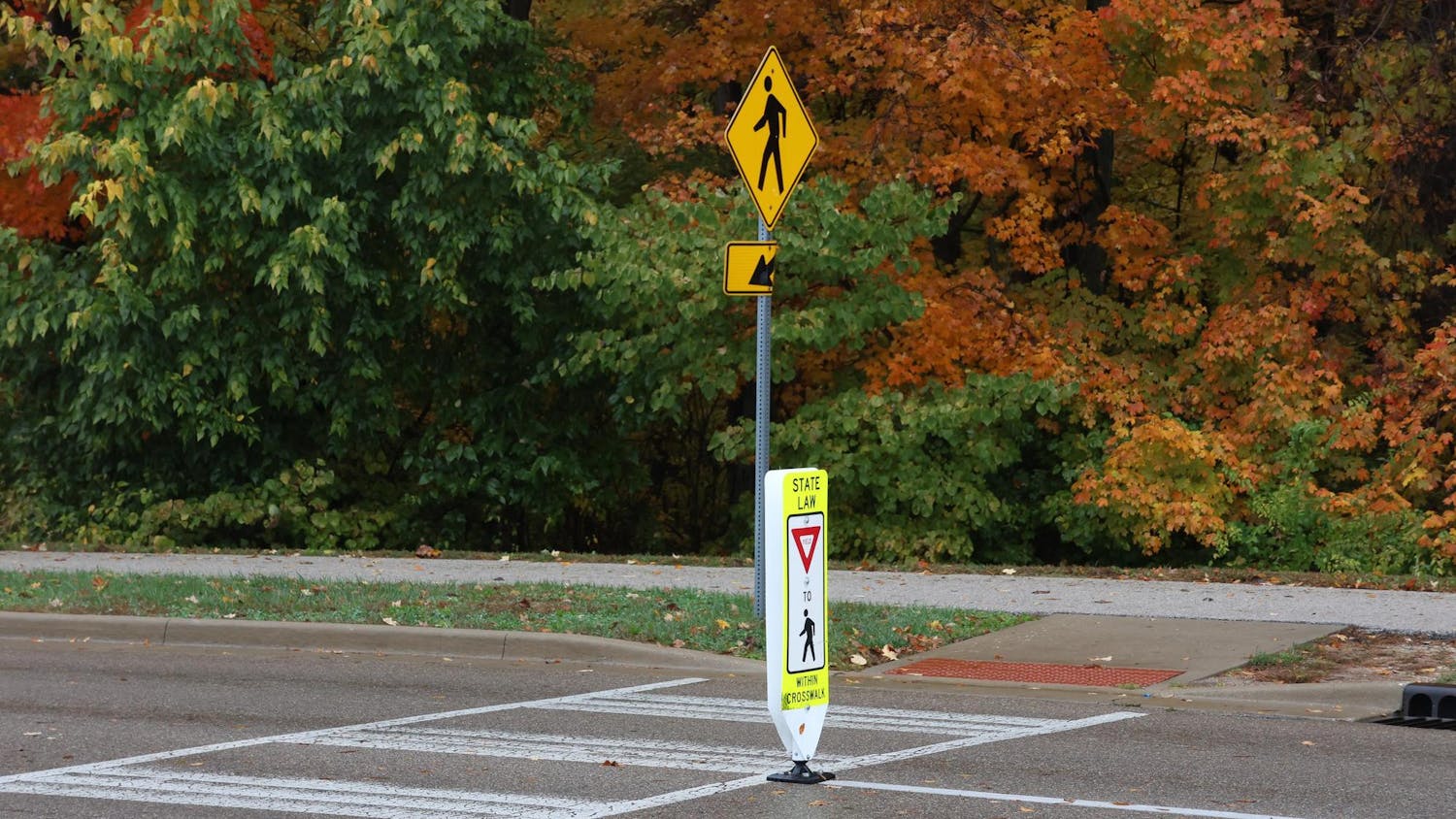NEW YORK -- American Airlines Flight 587 twice ran into turbulence left by a jumbo jet, including a blast of air that sent it careening sideways seconds before it crashed, investigators said Thursday. \nThe doomed plane's flight data recorder indicates the Airbus A300 had two turbulent "wake encounters" during its three-minute flight, said Marion Blakey, chairwoman of the National Transportation Safety Board. \n"The second was similar in intensity to the first," she said. \nShe and other investigators cautioned that they were not ready to conclude turbulence caused Monday's crash, which killed all 260 people aboard the jet bound for the Dominican Republic and five more people on the ground in Queens. \nBut investigators have swiftly focused on why the tail fin broke away before the crash, looking at its composition and whether the wake of the Japan Air Lines jumbo jet played a role. The JAL 747 left from the same runway at Kennedy Airport less than two minutes earlier. \nFlight 587 began banking hard with its left wing down within eight seconds of the second wake encounter, said Tom Haueter, the NTSB's deputy director of aviation. The flight data recorder cut off at that point. \n"Obviously, the whole time we're talking about is the last eight seconds," he said. "We have eight seconds we're going to be looking at in extreme detail." \nEarlier, NTSB investigator George Black Jr. said investigators were almost certain the tail broke off before the jetliner's twin engines. While cautioning that investigators are not ready to rule out sabotage, he said the tail "doesn't appear to have been sabotaged in any way." \nBlack also said the pilots of Flight 587 were probably unaware its tail fin had broken off as they struggled to control the plane. \n"They don't have a rearview mirror," he told The Associated Press. "They have no idea they've lost a tail." \nIn Washington, the Federal Aviation Administration was preparing to order inspections of Airbus A300s, focusing on the tail. The order would cover 90 of the European-built planes used by three U.S. airlines, American, FedEx and United Parcel Service. American has already agreed to do voluntary inspections of its 34 remaining A300s. \n"We understand that American Airlines is inspecting their fleet as a very precautionary measure," said a spokeswoman for Airbus in Toulouse, France. "We do not yet know what went wrong." \nThe tail assembly on the Airbus A300 includes a tail fin and rudder; without those parts, the jetliner would have suffered a loss of stability and turning control. \nBesides the effects of turbulence, investigators are looking at the tail's makeup. It is made of composites, or carbon-fiber reinforced plastic that is incredibly strong. \nComposite materials started being used for major structural parts in commercial jets in the late 1970s and early '80s. Black said there haven't been any problems with the material, "but then we also haven't lost any tails." \nMaintenance records indicate that before the plane was delivered to American Airlines in 1988, one of the six fittings that hold the tail to the fuselage had to be repaired by the manufacturer. The fitting's thickness was increased and it was reinforced with rivets. \nThe cockpit voice recorder, the plane's other black box, has offered potential clues to investigators. \nFor example, the co-pilot calls for maximum power about two minutes after takeoff, just after a pair of jet frame rattling noises are heard in the cockpit. Seconds later, the pilots indicate they were losing control. \n"When they start talking about max power ... they've gone into recovery mode," Black said. "And they might be recovering from the wrong thing, because they don't know" about the missing tail. \nThe voice recording ends 19 seconds after the call for maximum power. \nWith much of its work on the ground done, the NTSB planned to shut down its main investigation in New York by Saturday and return to Washington, Black said. \nAt the crash site Thursday, large pieces of shattered wreckage were pulled from the neighborhood where Flight 587 plunged to earth and workers with pitchforks and rakes moved methodically through smaller piles of rubble. The crash destroyed or damaged 11 homes. \nThe airline has changed the flight number from 587 to 619. The flight from Kennedy to the Dominican Republic was so well known among Dominicans that it was referenced in a popular song, "El Avion (The Plane)." \nMayor Rudolph Giuliani said a memorial service will be held Sunday for victims of the crash, but specifics were not immediately disclosed.
NTSB: Turbulence caused crash
Get stories like this in your inbox
Subscribe



